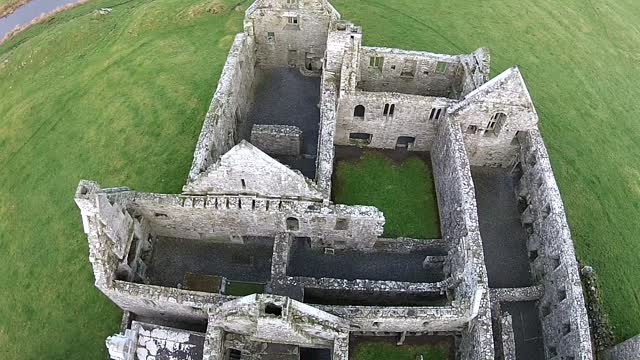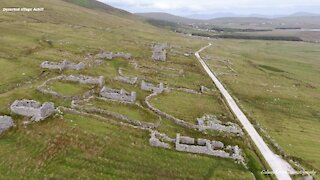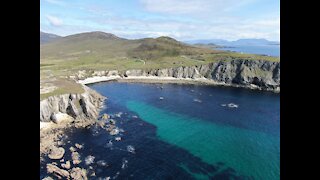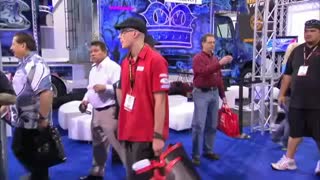Premium Only Content

1st Drone View Of Medieval Franciscan Friary West Coast Ireland
The Ross Errilly Friary
Abandonment and neglect
The abbey ruins as depicted in William Wilde's 1867 book, Lough Corrib, Its Shores and Islands.
In the meantime, the long-abandoned friary continued its descent into ruin. In 1835, English tourist John Barrow described the abbey as "a remarkably fine old ruin...in a disgracefully neglected state." In particular, Barrow was astonished by the large amount of unburied human remains at the site, which included "moss-grown skulls and human thigh and leg-bones strewed about so plentifully that not a step can be taken without encountering them."[7] Geographer Samuel Lewis noted the continued decay in 1837, writing that the abbey was "partially covered in ivy" and that the roof had collapsed in 1812. Despite the neglect, Lewis was able to report that "one of the windows is still perfect."[8]
William Wilde visited the abbey ruins in July 1866. Like Barrow, he described "heaps of skulls and bones" in the church and claimed that the site had become notorious for its unburied remains. Wilde noted with dismay that further "desecration" was being effected by sheep and cattle, which roamed freely through the ruins. He also credited a nearby resident, Oliver Burke, with some early efforts to preserve the site by "removing obstructions from between the mullions of the beautiful windows" and making "repairs to the tower, thereby rendering it accessible to the top."[9] In 1868, Burke, a barrister by profession, wrote his own account of the friary's history.
Today
Today, the ruin of Ross Errilly is maintained by the Office of Public Works and is open to the public free of charge. It has been used as a filming location for Bad Karma, The Suicide Club and Moving Target.
-
 0:28
0:28
Shymol
4 years agoDrone view
144 -
 0:16
0:16
Shymol
4 years agoDrone view sunset
124 -
 0:15
0:15
Shymol
4 years agoBali drone view
3562 -
 1:55
1:55
galwaycinematography
4 years agoDrone footage captures ancient deserted village in Ireland
11.7K4 -
 1:00
1:00
Unknown_Perro
4 years agoWest Coast Beat 🎹🎧
531 -
 0:13
0:13
ExtraLife
4 years agoCoast Highway View in California
104 -
 2:34
2:34
galwaycinematography
4 years agoCliffs of Moher in Ireland brilliantly captured with drone footage
6.88K4 -
 2:50
2:50
galwaycinematography
4 years agoWest Coast Island Accessible By Bridge
126 -
 3:18
3:18
HSWCoreAuto
5 years agoInside West Coast Customs: SEMA Success
52 -
 0:56
0:56
PufNig
4 years ago $0.43 earnedDrone video
8751